How to Use Your Core Values to Inspire, Retain, and Energize Your Team
For the last few decades, but especially so in recent years, people are seeking out more than just an income from their place of employment. More...
6 min read
Pat Heffernan
:
11/14/19 11:10 AM
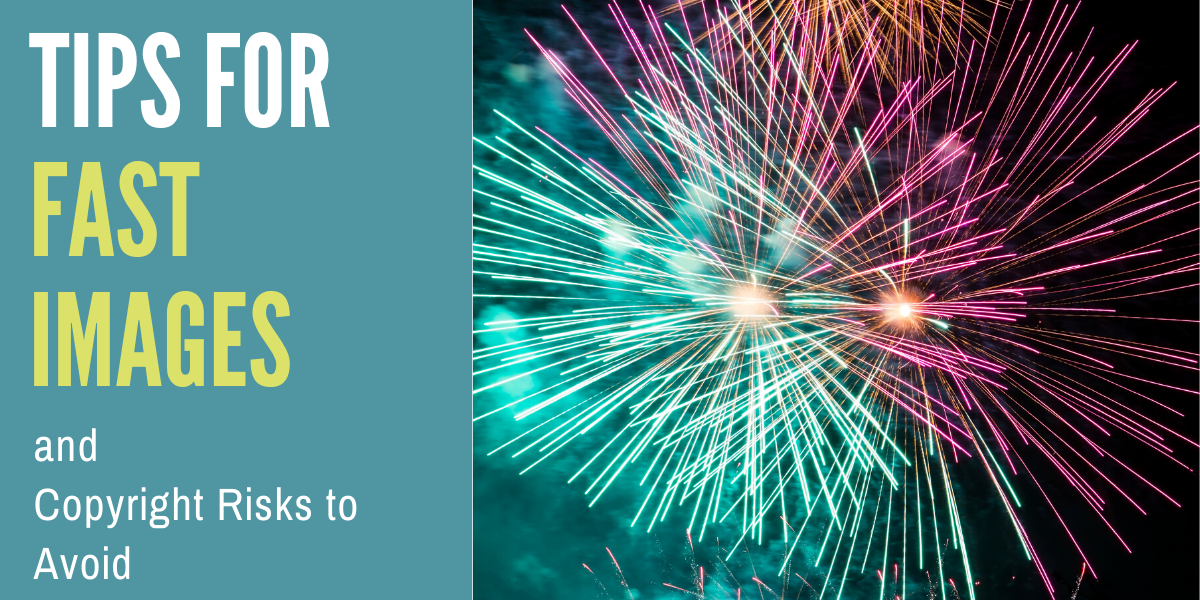
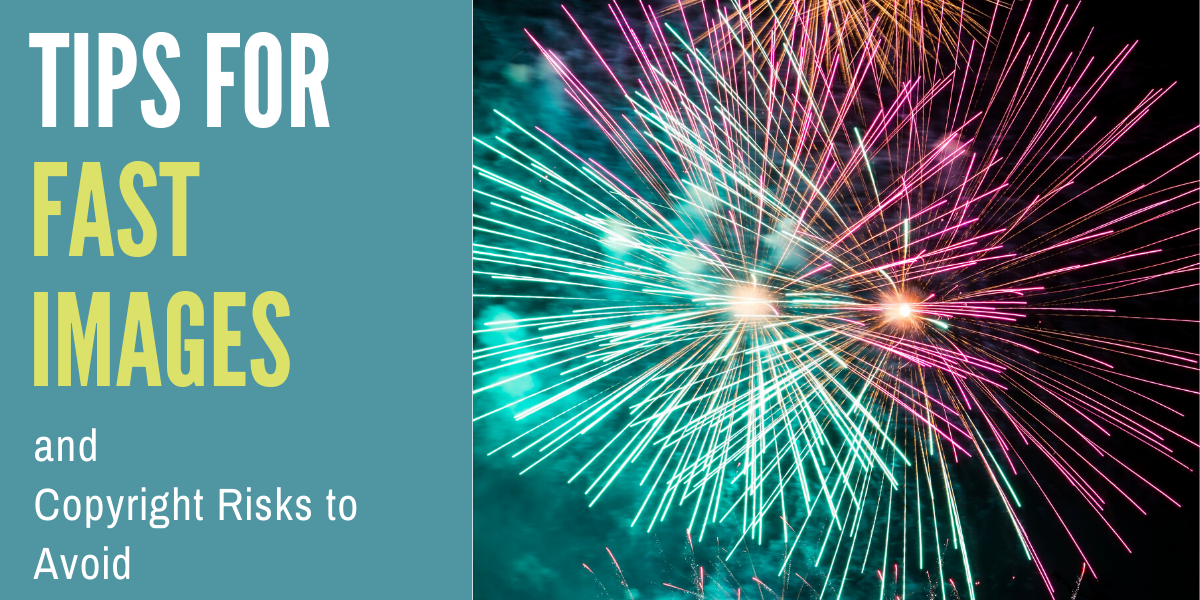
How can you quickly and safely create the images you need for your blogging and social media efforts and avoid common copyright risks? Unless your talents include professional photography or graphic design, it can feel like a daunting task to create a steady stream of appealing, relevant images. Yet using visuals someone else made creates a significant risk for marketers because it exposes you to copyright infringement lawsuits and fines. Let’s look at how you can meet the constant demand for fresh, engaging visuals quickly and safely while avoiding common copyright risks.
While it may have been clearer wayback when with printed photographs, the basics of copyright law have not changed. There is always a copyright for original creative works “fixed in a tangible medium of expression” such as images and graphics or writing. In the U.S., the work does not need to be registered to be protected — the copyright automatically rests with the person who created the image — unless they license, assign or sell the rights in some way.
Note that facts, common knowledge, ideas, systems, or methods of operation, are not protected by copyright. And some work that used to be protected may now be in the public domain, for example, if the copyright expired. Public domain works are not protected by copyright. Shakespeare’s works (expired), some U.S. history images (expired), and Newtonian physics (facts/systems) are three common examples of public domain, unprotected works.
The copyright owner has the exclusive right to reproduce, distribute, display, and develop derivative works based on the protected work, unless the work is a “work made for hire.” [PDF] Note that works for hire include both photos taken by employees and by specially commissioned professional photographers acting as independent contractors. When you hire a photographer, you need to secure present-need and future reproduction rights, model and/or property releases if necessary, and determine ownership, attribution and copyright terms contractually. This means that if you copy a protected work and post it on your blog or modify it for sharing on social media, you may be infringing on someone’s copyright and exposing yourself to legal liability.
The legal liability is not insignificant.
“Anyone found to have infringed a copyrighted work may be liable for statutory damages up to $30,000 for each work infringed and, if willful infringement is proven by the copyright owner, that amount may be increased up to $150,000 for each work infringed. In addition, an infringer of a work may also be liable for the attorney's fees incurred by the copyright owner to enforce his or her rights.” (Copyright.gov)
A copyrighted image may be available for commercial use and still require additional permissions tied to privacy rights or intellectual property rights.
Private homes and public buildings may require a property release. The object owner must give permission to use pictures of his/her belongings inside the building although photos of the outside of buildings taken from a public place are generally permissible. But the Property Release also covers special cases, where designs or seemingly public buildings are protected. An example would be the iconic Chrysler Building in New York. If you'd like to use pictures of that, the creators/owners must be asked for permission.
It is usually wise not to photograph an image or mark you know has a federally registered trademark in a way that may confuse buyers or imply endorsement. Comparative advertising is a protected exception, but know that trademark law is a specialized and nuanced field distinct from copyright law. Be particularly careful with trademark images depicting Walt Disney and Lego products, whose rights only permit editorial use and whose trademark infringement enforcement is legendary.
Getty Images offers a useful database for looking up intellectual property release requirements.
There is a common misconception that crediting the photographer and providing a link to the original source gets you off the hook for copyright permission. Not true. You can only use copyrighted photographs with the explicit permission of the copyright owner. Basically, if you don't own it, or don't know where it came from, don't use it.
If you don't own it, or don't know where it came from, don't use it. > Tips for Quick Photos (and Common Copyright Risks To Avoid) via @ChangeConvos https://ctt.ec/q12Le+
Using your own photos is straightforward since you own the copyright of the images you create. But what are the options for images you find online?
If you find a particular image you’re interested in using, send an email to the owner requesting permission to use it. It helps to include a link to your blog as well as a description of how you want to use the photo. Make sure the person you are contacting actually has the rights to the image and didn’t just copy it from another source. Having a response in writing stating the use is approved is important before moving ahead and you will also want to include credit to the original source in your blog post.
There are a number of databases of free and public domain images, but understand "public domain" as the permission to freely use (display, modify, print, etc.) an image without asking permission from the image author because it is not under copyright. Remember you bear the responsibility for verifying the depicted image (persons, logos, private property, etc.) is suitable for your application and does not infringe on any rights.
My favorite public domain image sites include:
Note that even if a work that you use is in the public domain, it is wise to provide attribution for the work or, at a minimum, keep a record of the attribution of the work, so that you or other interested parties can find it later if necessary.
In general, because most marketers (regardless of nonprofit or for-profit status) are considered a "commercial entity" there is only one license you can use safely (other than paying a stock image use fee) -- and you want to use it carefully because it requires attribution and there are tricksters out there who hide the restricted use for commercial purposes.
Share-Alike 4.0 is the international Creative Commons (CC) license you want to use, which is free to share, modify or use commercially (unless stated explicitly, commercial use is not allowed) and requires a link for attribution: https://creativecommons.org/licenses/by-sa/4.0/
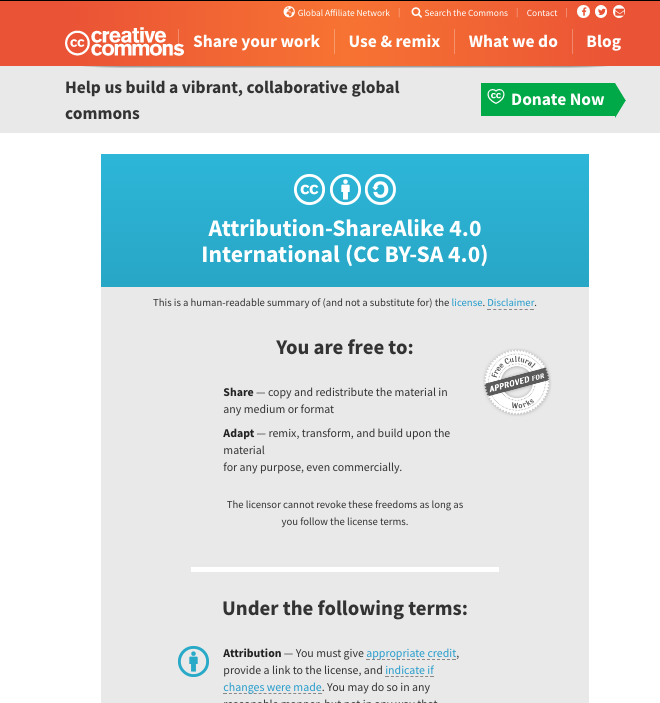
Using advanced search on flickr.com is my favorite way to find Creative Commons licensed photos. Here's a screen shot of an advanced search for photos of puppies, with a horizontal orientation, medium sized, and with a license allowing commercial use and modifications.
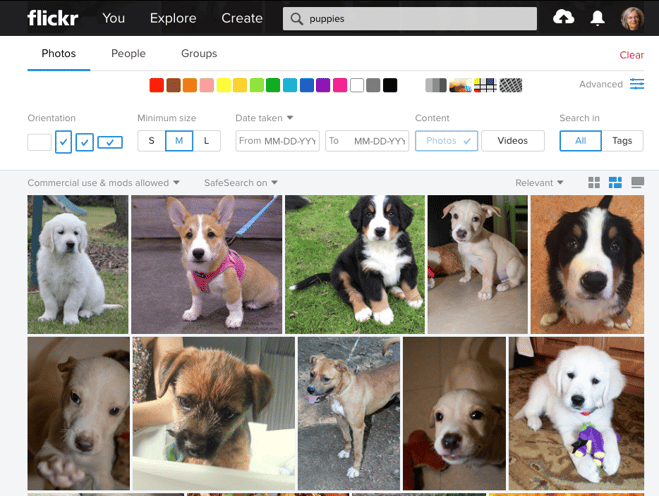
This video from CreativeCommons.org offers an overview of Creative Commons.
Note that many nonprofits and government agencies mistakenly believe the term 'commercial use' does not apply to them. In general, if you are using the image to promote your organization, that is considered a commercial use.
Licensed Images: Stock photography
Many marketers turn to stock photography houses to purchase photos for their website, blog or printed content materials. Shops like iStockPhoto, Getty, Shutterstock, and Fotolia/Adobe Stock offer images that can be purchased for a particular purpose or project.
If you haven’t checked out the current pricing for commercial stock photos recently, you may be surprised by how affordable they have become. Short of creating your own image, this is the safest route because all images include the relevant model and property releases, the rights of use are clearly specified, and you can rest easy knowing the images are clean for use.
The quickest and safest way to create the images you need for your blogging and social media efforts is to do it yourself. Unlike stock photos, your own image is a unique and authentic expression of your brand.
Don’t be intimidated. Today’s smartphones have cameras more than adequate for your blog or social media efforts. Just take a moment to think through the message you want the image to convey and avoid common photography mistakes. (For printed materials or advertising campaigns you will need to hire a professional photographer or use professional stock photos.)
A simple shot of your seasonal decorations for a newsletter, the fruit bowl on your conference room table, or daily pet life in the office will be uniquely yours. A leaf in the fall, a sunset, or spring flowers are available outside your door. And web-based tools like Canva, Pablo or PicMonkey make it easy to edit, add text, or make a collage from your photos. Play with your photo ideas to practice and build confidence.
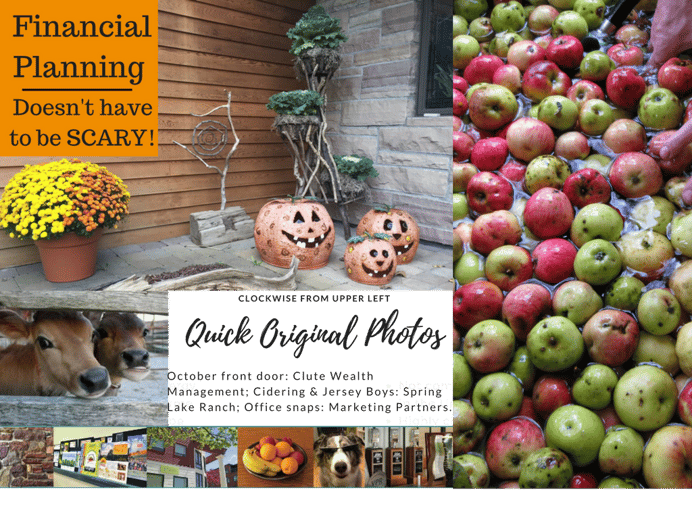
Canva works particularly well for many of our clients because it combines free and stock images in one place in addition to templates and how-to tips and resources for non-designers and one-person marketing departments and for small teams. Non-designers can easily combine images to create a collage, or add filters and overlay text to create an appealing featured image for a blog post. If you decide to create your own library of original photos, you can create templates, upload, edit, add text, or otherwise customize your original photos in one place so Canva can function as a basic photo/image library for your team.
I find that for most marketers, creating your own photo is a quicker, safer, less expensive, and more effective way to meet the constant demand for fresh, engaging visuals than researching and tracking down permitted uses and permissions from the original copyright owner of something you find online, or tracking the stock photos you've paid for from multiple sources. Avoid copyright risks and go forth to create your own images!
---------
Please note: I am not a lawyer and my suggestions are based on my experience and are not a substitute for legal advice from a licensed legal professional. Nothing written on this blog is a substitute for, nor does it constitute, legal advice.
Frequently Asked Questions about Copyright (U.S. Copyright Office)
Copyright, Creative Commons, Words and Photos: Everything you need to know (Change Conversations)
Creative Commons FAQ (Creative Commons)
Copyright Dangers: Is Your Business at Risk and What to Do (Change Conversations)
Why you can’t just use that image you found (Change Conversations)
How Legal Regulations May Leave You Red-Faced, Or Worse (Change Conversations)
Work for Hire (PDF, U.S. Copyright Office)
----
Editor's note: Originally published October 2017. Updated November 2019.
The Change Conversations blog is where changemakers find inspiration and insights on the power of mission-driven communication to create the change you want to see.
© 2009- to present, Marketing Partners, Inc. Content on the Change Conversations blog is licensed under a Creative Commons Attribution-Noncommercial-NoDerivs 3.0 United States License to share as much as you like. Please attribute to Change Conversations and link to ChangeConversations.
Creative Commons License may not apply to images used within posts and pages on this website. See hover-over or links for attribution associated with each image and licensing information.

For the last few decades, but especially so in recent years, people are seeking out more than just an income from their place of employment. More...

You know nonprofit organizations need websites just as small businesses do, but you may be surprised to learn nonprofit sites can be more complex and...

In today’s rapidly evolving media landscape, understanding where and how your story is told isn’t just strategic—it’s essential. How you communicate...